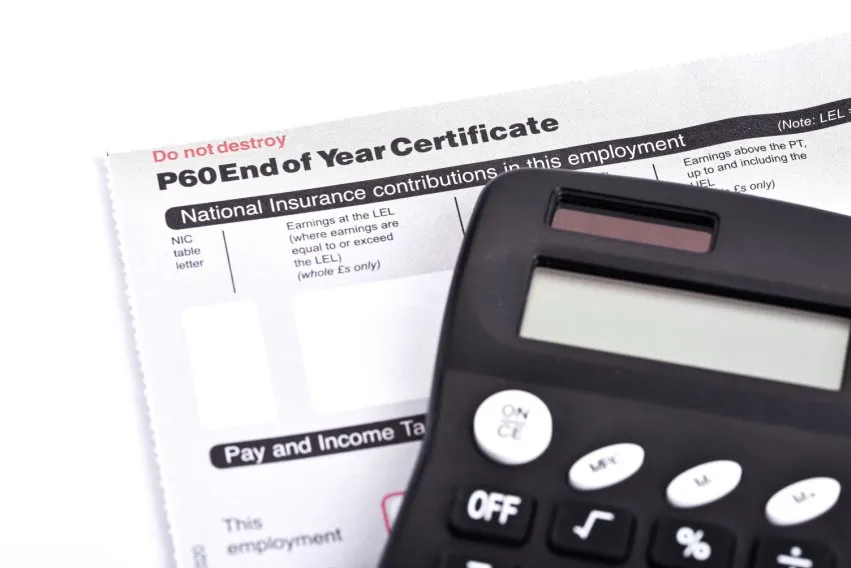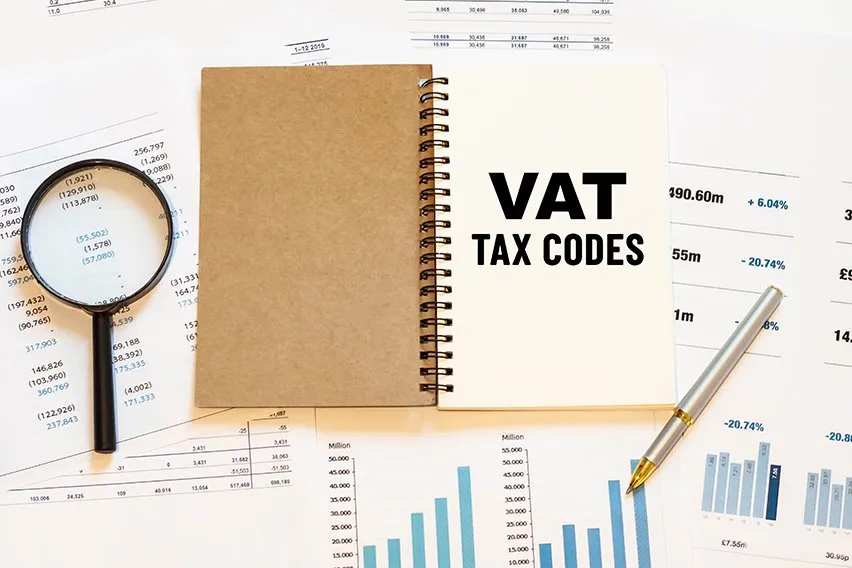Tax Relief On Pension Contributions

Building your personal pension to save for retirement is always a wise financial decision. The UK government agrees. They agree so much that they encourage British citizens to save for their retirements by offering tax relief on pension contributions.
However, this is not as simple as getting free money every time you make pension contributions. There are some rules around this system that you must follow to take full advantage of these tax benefits.
Key Takeaways
- Pension tax relief reduces the amount of tax paid on a UK citizen’s pension savings.
- The amount of pension tax relief one receives varies based on income or tax band if they’re Scottish.
- How you receive tax relief varies based on your pension scheme.
- You must be under the age of 75 to receive tax relief on pension contributions.
- Pension contributions are limited by your annual allowance.
- If you’re a basic rate taxpayer, your tax relief on pension contributions is automatic.
- If you’re a higher or additional rate taxpayer, you must self-report your contributions on your Self Assessment tax return.
- What Is Pension Tax Relief?
- How Does Pension Tax Relief Work?
- How Much Tax Relief Do I Get?
- Rules & Limitations On Pension Tax Relief
- How To Claim Pension Tax Relief
- How Are Private Pensions Taxed In The UK?
- How to Claim Higher Rate Tax Relief on Pension Contributions
- Tax Preparation Made Simple With FreshBooks
- Frequently Asked Questions
What Is Pension Tax Relief?
UK pension tax relief refers to the monetary gain you may receive from your pension provider each time you make a contribution. In the UK, the amount you receive varies based on your income tax rate. If you are a Scottish citizen, this amount will also vary based on your Scottish tax band.
The advantage of this system is that individual taxpayers are able to save much more money for their retirements. Less tax on pension contributions means more of that pension truly goes toward your retirement savings.

How Does Pension Tax Relief Work?
The way in which your pension tax relief works depends on your pension scheme. If you’re under the net pay scheme, your relief is calculated before tax deductions. If you’re under the relief at source scheme, your relief is deducted after the HMRC calculates your tax.
In either case, your income tax rate will affect your total benefits. Basic rate taxpayers and non-earners will always get 20% relief on pension contributions. Higher-rate taxpayers may receive up to 40%, and additional-rate taxpayers can get up to 45%. Please also refer to your band tax rates if you are Scottish.
Relief At Source
Relief at source pension schemes are typical for personal and stakeholder pensions and for some auto-enrolled workplace pensions.
For basic-rate taxpayers, the process is simple. First, the HMRC takes 20% off your income as tax. Then, if you pay pension contributions through your workplace, your employer will only take 80% of your total pension contribution from your salary. The government then compensates you an additional 20% to put toward your pension. Scottish citizens will still get 20% despite the Scottish starter rate of 19%.
For instance, if you were to put £15 toward your pension, your employer would take £12 from your pay, and the government would add the missing £3.
Those who fall under higher-rate tax relief must report their own contributions. If you normally fill out a Self-Assessment tax return, you must voluntarily inform the HMRC of any money you put into your pension. You can do this by filling out the appropriate section on your Self Assessment tax form.
If you do not normally complete a Self-Assessment tax return, you must still voluntarily report your pension contributions to the HMRC. You would do so using the P810 Tax Review form. However, you must collect this form from your nearest tax office as it is not available online.
The HMRC will then calculate your tax relief based on your self-report. They may estimate your amount before you report your contributions. It’s crucial for you to accurately self-report as these estimates can be more or less than your true entitled amount.
Net Pay
A typical workplace pension scheme follows the net pay arrangement process. Net pay is a comparatively more convenient pension scheme as it doesn’t require any extra effort on your part. Your employer automatically deducts your entitled pension contributions from your salary before tax.
There’s no need to report this on your Self Assessment tax return. Your workplace is responsible for reporting the pension contributions they gave you.
How Much Tax Relief Do I Get?
There’s no one true universal amount that all UK citizens get as pension tax relief. You must consider your income tax, pension scheme, workplace, and in some cases, your country of residence to get a better estimate of how much you may receive as tax relief on pension contributions.
Scotland has a long and different set of tax rules compared to the rest of the UK. However, Welsh citizens must also be aware of the Welsh income tax plan. As of the 2024/2025 tax year, Wales will still follow the same process as the rest of the UK, excluding Scotland. The Welsh income tax plan may start affecting your pension contributions in future tax seasons, depending on future developments.
Rules & Limitations On Pension Tax Relief
Beyond the amount limitations regarding your income tax and pension scheme, there are a few limitations around who can claim tax relief on pension contributions at all. Here are some factors that may leave you unable to receive tax relief on pension contributions.
- If you earn less than the personal allowance rate (£12,570 in the 2024/2025 season), you may not get tax relief dependent upon your workplace’s relief system
- You must be under the age of 75 to receive tax relief on pension contributions
- You may only receive tax relief on your personal pension contributions for up to 100% of your UK earnings
- Pension contributions are limited by your annual allowance (£60,000 for most people in the 2024/2025 season)
How To Claim Pension Tax Relief
Personal pension, workplace pension, and basic-rate tax relief are usually automatically claimed by your pension provider. There are no additional steps on your part unless you are claiming a higher-rate tax. In this case, you must report your pension contributions on your Self-Assessment tax return.
Claiming tax relief on a pension doesn’t need to be complicated. All you need is FreshBooks to take the pain out of tax preparation. Not convinced? Watch our video to see why.
How Are Private Pensions Taxed In The UK?
UK private pensions are tax-free up to a certain limit. This limit is typically £60,000 a year. After that point, your private pension pot will be taxed like any other form of income. You will also pay tax on your private pensions regardless of the amount if your pension provider is not registered with the HMRC.
How to Claim Higher Rate Tax Relief on Pension Contributions
If you pay over 20% of your income tax and reside in either England, Northern Ireland, or Wales, then you may claim additional tax relief on your tax return. This additional tax relief amounts to an additional 20% on income with a 40% rate or 25% up to a 45% rate.
Scottish residents who pay over 20% on income may also claim additional rate tax relief on their returns. However, the rates they may claim differ. In Scotland, you may claim 1% additional on income tax above 21%, 21% additional up to 41%, and 26% additional up to 46%.
Tax Preparation Made Simple With FreshBooks
If your workplace pension scheme doesn’t automatically handle your tax relief for you, you have a lot to track to ensure you get what you’re entitled to. FreshBooks is the perfect tool to help you keep all that data organised in one central location. Our accounting software can easily assist your retirement financial planning and help you track your pension contributions without all the manual paperwork.
Try FreshBooks free to see how well it helps you keep your personal contributions and employer’s contributions well-organised and in one place.

FAQs About Pension Tax Relief
Do you have any further questions on how you can be sure you receive full tax relief on your pension? Consult some of our FAQs and discuss your unique circumstances with a licensed tax professional to gain further insights.
How much can I pay into a pension and get tax relief?
You may contribute up to your annual allowance per year and up your lifetime allowance in total to remain eligible for tax relief on your pension. Exceeding these limits not only causes you to lose your benefits, but you also have to pay additional tax on your pension pot.
Which is better, relief at source or net pay?
Whether you have a relief at source or net pay arrangement is rarely by choice. It’s typically a matter of income or employment status. However, employers may choose one scheme or the other for their employees. If you’re an employer, then it’s best to choose relief at source if you have employees who don’t pay income tax. Otherwise, net pay is typically much simpler to manage.
How much pension contribution is tax-free?
For most people in the UK, pension contributions are tax-free up to £60,000 a year. This amount is based on your annual allowance. Keeping track of your contributions in FreshBooks gives you a clear idea of when you are nearing that limit. Then, you can make an informed decision on how much more you should contribute.
What is the maximum pension contribution in the UK?
There is no limit on how much you can pay into your contributions. Limitations are based on how much you can have in your pension pot in total and year-over-year. These amounts are dictated by your annual and lifetime allowances.
How do you calculate pension contributions tax relief?
This depends on whether you are a basic-rate taxpayer, an additional-rate taxpayer, or a higher-rate taxpayer. Basic-rate tax relief is 20%, and higher-rate tax relief is 40%. So, if three taxpayers at these three rates each contributed £100 to their pensions, the basic-rate taxpayer would receive £20, the additional-rate taxpayer would receive £45, and the higher-rate taxpayer would receive £40 in tax relief.
Are pension contributions taken from gross or net salary?
Pension contributions are deducted from your gross salary. Employers usually deduct it and your National Insurance Contributions automatically before sending you your paycheque. However, if you are under the relief at source scheme, your pension is deducted after tax instead.
More Useful Resources
Reviewed by
Levon Kokhlikyan is a Finance Manager and accountant with 18 years of experience in managerial accounting and consolidations. He has a proven track record of success in cost accounting, analyzing financial data, and implementing effective processes. He holds an ACCA accreditation and a bachelor’s degree in social science from Yerevan State University.
RELATED ARTICLES


 Tax On Rental Income—Guide for Landlords in the UK
Tax On Rental Income—Guide for Landlords in the UK SIPP Tax Relief in the UK
SIPP Tax Relief in the UK SEIS vs EIS – Difference Between Two Schemes
SEIS vs EIS – Difference Between Two Schemes Working from Home Tax Relief Guide for the UK
Working from Home Tax Relief Guide for the UK What Is A P60: An Overview
What Is A P60: An Overview VAT Codes: A Complete Guide
VAT Codes: A Complete Guide